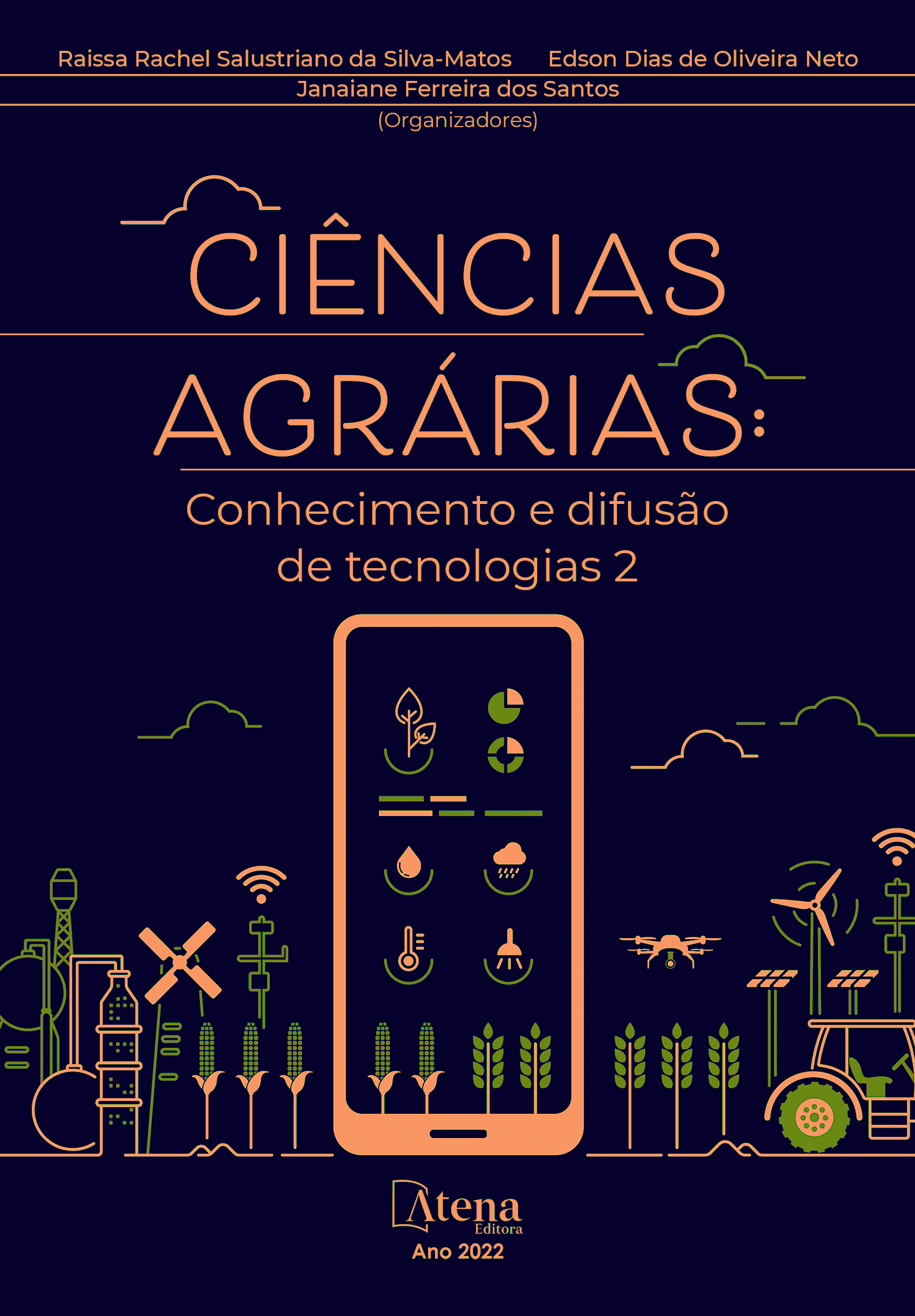
COMPARAÇÃO DA EFICIÊNCIA DE DIFERENTES TIPOS DE MATERIAIS NA CONSTRUÇÃO DE UM CARNEIRO HIDRÁULICO ALTERNATIVO
No Estado do Maranhão uma grande parte das propriedades rurais não dispõe de energia elétrica para o bombeamento de água em suas propriedades o que justifica a necessidade da utilização de sistemas alternativos para o fornecimento de água. Visando atender essa premissa da constante busca por tecnologias alternativas e de baixo custo para este fornecimento de água no meio rural, objetiva-se avaliar a maior eficiência na relação custo-benefício para o recalque de água utilizando um carneiro hidráulico alternativo construído com três tipos de tubulação de policloreto de vinila – PVC e um com a tubulação de aço galvanizado. Para tanto, a metodologia foi composta por 4 (quatro) tratamentos (T1 = carneiro hidráulico de policloreto de vinila (PVC) para água fria (tubulação marrom) ; T2 = carneiro hidráulico de policloreto de vinila (PVC) para esgoto (tubulação branca); T3 = carneiro hidráulico de policloreto de vinila (PVC) para irrigação (tubulação azul) e T4 = carneiro hidráulico com tubulação de aço galvanizado.) e 20 (vinte) repetições totalizando 80 (oitenta) parcelas experimentais. Foram realizados testes de vazão pelo Método da Medição Direta e, posteriormente os dados foram tabulados em planilha eletrônica e, as médias das variáveis respostas (vazão direta) submetidas à análise de variância e teste de Tukey a 5% de probabilidade utilizando o pacote computacional SISVAR 5.7 (Build 91). Conclui-se que o carneiro construído com o PVC azul foi o que apresentou a melhor relação custo-benefício.
COMPARAÇÃO DA EFICIÊNCIA DE DIFERENTES TIPOS DE MATERIAIS NA CONSTRUÇÃO DE UM CARNEIRO HIDRÁULICO ALTERNATIVO
-
DOI: 10.22533/at.ed.0812218075
-
Palavras-chave: Bombeamento; Sustentabilidade; Rentabilidade.
-
Keywords: Pumping; Sustainability; Profitability
-
Abstract:
In the State of Maranhão, a large part of the rural properties do not have electricity for the pumping of water in their properties or that justifies the need to use alternative systems for the supply of water. Aiming to meet this premise of the constant search for alternative and low-cost technologies for this non-rural water supply, it aims to assess greater efficiency in the cost-benefit ratio for the upgrading of water using an alternative hydraulic ram built with three types of Polyvinyl chloride tubing – PVC and one with galvanized steel tubing. Therefore, the methodology was composted by 4 (four) treatments (T1 = hydraulic polyvinyl chloride (PVC) for cold water (brown tube) ; T2 = hydraulic polyvinyl chloride (PVC) for drain (white tube) ; T3 = hydraulic polychlorinated vinyl (PVC) for irrigation (blue tubing) and T4 = hydraulic tubing with galvanized steel tubing.) and 20 (vint) repetitions totaling 80 (sixty) experimental plots. Form carried out tests of vazão hair Method of Direct Measurement and, subsequently given tabulated forms in the electronic spreadsheet, the means of the variance responses (vazão direct) submitted to analysis of variance and Tukey's test at 5% probability using the SISVAR computational package 5.7 (Build 91). I concluded that the ram built with blue PVC was the one that presented the best cost-benefit relationship.
-
Número de páginas: 12
- Julia Cerqueira Lima
- Cristiane Matos da Silva


